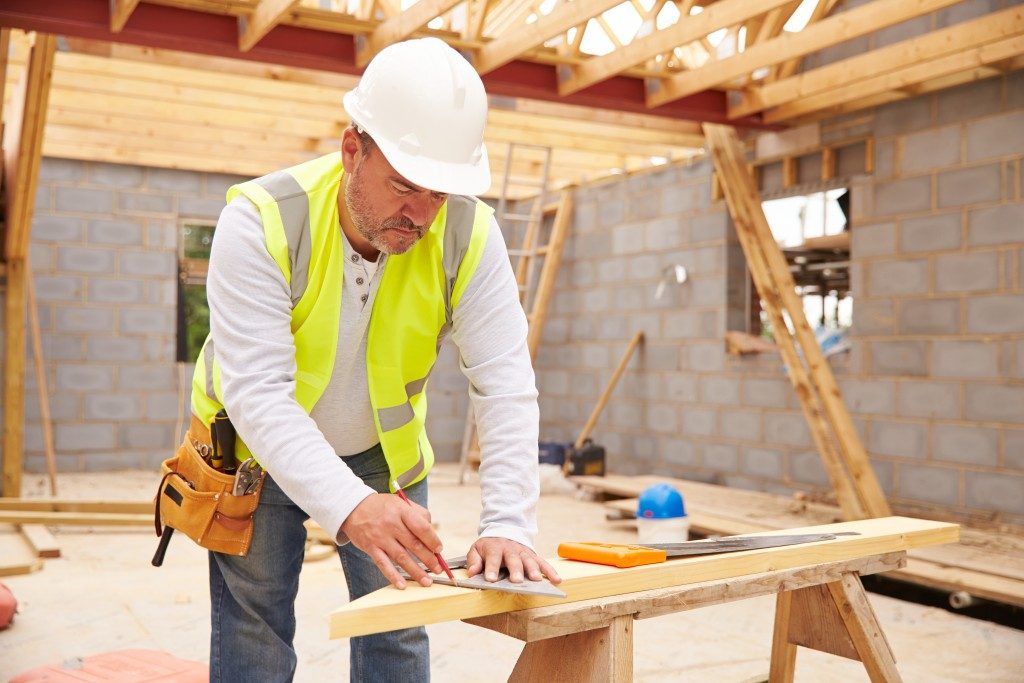Today, sustainability is among the top challenges facing the construction industry. Given that the construction process generates much waste and pollutants, people are increasingly looking for ways to ensure that the structures we build can maximize our limited resources instead of contributing to pollution and our carbon footprint.
In terms of housing construction, one of the increasingly popular solutions is — ironically — to return to traditional construction methods. In particular, the use of timber framing is being espoused as an alternative to modern concrete and metal. In fact, this has become popular enough that various timber framing classes are now being offered to instruct construction engineers and workers on how to get the most out of this material for one’s house.
Timber offers a wide range of benefits for a residential house. Here are just some of the positive things you can get from employing timber framing in the construction of your home:
Sustainability
Timber is a natural material that can easily be turned into wood. Hence, it is one of the few renewable materials that do not require any additional chemicals to be added to it for it to be suitable for construction. This stands in contrast to concrete and metal, both of which are created through being mixed in very polluting factory processes. As a result, timber also requires much less energy for it to become suitable building material.
Since timber is made from trees, it also functions as a natural store for carbon. In contrast to other materials that release carbon into the atmosphere during their production, timber absorbs carbon and can store it for as long as the structure stands. As timber is also a natural insulator, it helps reduce energy needs in your home, thereby also reducing the need for fossil fuel and making your home more energy-efficient.
Efficiency and Versatility

Because timber does not require any additional processes or chemicals for it to become a suitable building material, it saves greatly on time and resources, making the overall construction process faster.
Moreover, building with timber is also much quicker, as it is easier to pre-cut, modulate, and build a timber frame compared with a brick build. This saves a lot of time and money in the actual construction of the structure. Debris can also be cleared out much more easily and quickly, letting you move into your new home in a shorter period of time.
Timber is also very versatile, given that it may be sourced from a wide variety of trees, each with their own special properties. It is light, yet durable, nature allows it to be easy to install and work with, and there is no need for sophisticated equipment to create a timber frame.
Durability and Longevity
Despite being lighter than concrete or metal, timber framing is strong and robust, making it very durable. If constructed properly, timber structures can last for hundreds of years and do not require any expensive equipment to maintain. Moreover, any damage to the timber will take long periods of time to develop and will not stand out on the surface. In fact, as a small buildup of moisture overtime might lead the timber to change color, it might even provide added aesthetic value to your home.
Sometimes, the best solutions are the simplest ones, and that is certainly true when it comes to timber framing. Try this out for your new home, and you might be surprised at how natural, homey, and right it can feel.







